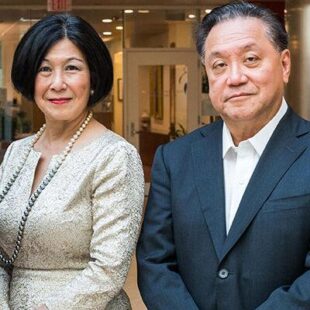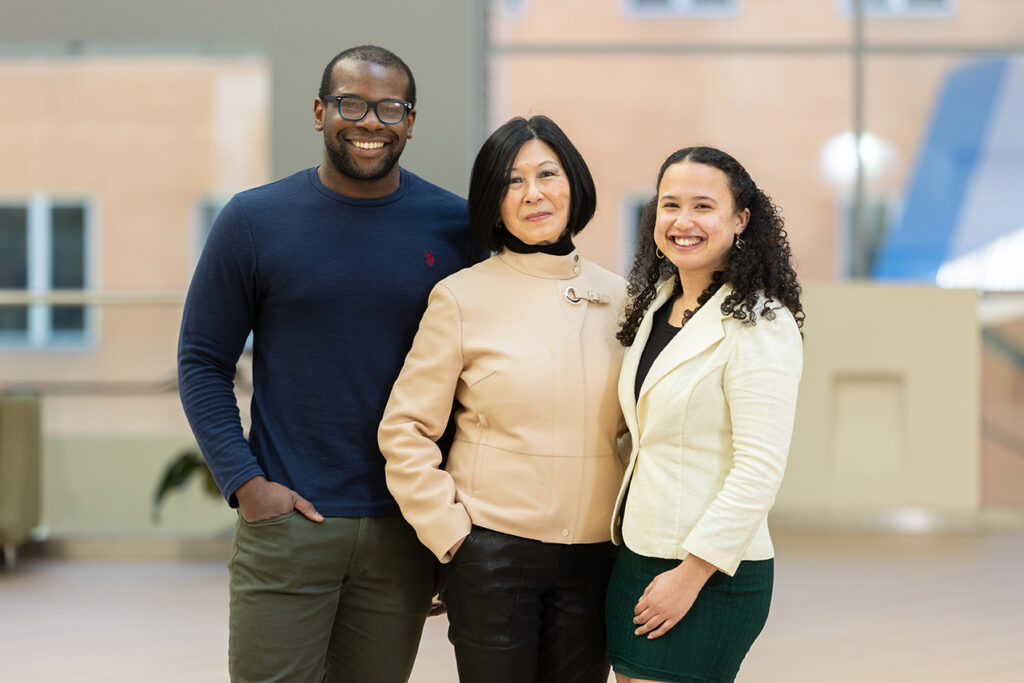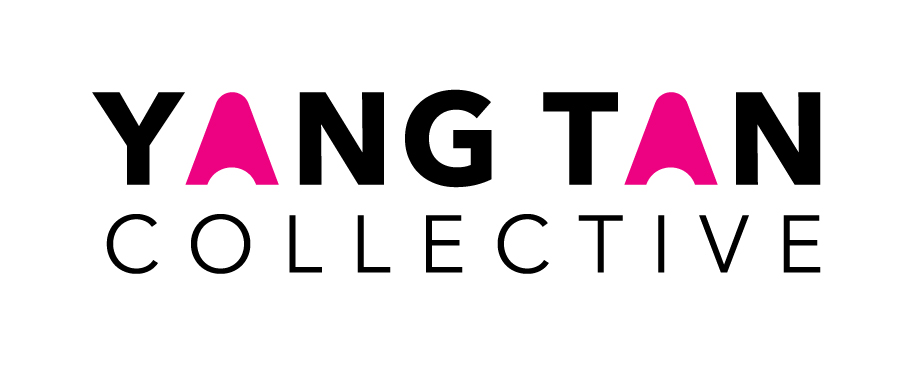Hock E. Tan and K. Lisa Yang

The creation of the Yang Tan Collective at MIT was made possible by the vision and generosity of Hock E. Tan ’75 and K. Lisa Yang, whose commitment to improving human health has transformed basic science research at MIT. Since 2017, Tan and Yang have given more than $200 million to create six endowed research centers and multiple fellowship programs at MIT.
“In the best MIT spirit, Lisa and Hock have always focused their generosity on insights that lead to real impact,” says MIT President L. Rafael Reif. “I am deeply grateful to them for making MIT a home of this pivotal research.”
A personal calling
Tan, who is President and CEO of the global technology infrastructure company Broadcom, and Yang, a former Wall Street investment banker with degrees from Columbia and Cornell, made their first gift to MIT in 2017 to establish a center focused on autism research. The gift reflected personal experiences — they have two children on the autism spectrum — but was also driven to support the study of novel promising therapeutic strategies in a field where foundation support was limited primarily to traditional approaches.
Three years later, Tan and Yang launched a second center, based on Yang’s growing interest in advances in molecular therapeutics, including new capabilities of the CRISPR gene-editing toolbox. The K. Lisa Yang and Hock E. Tan Center for Molecular Therapeutics in Neuroscience explores how we treat brain disorders, ranging from Parkinson’s disease to depression to chronic pain, by developing novel molecular tools that precisely target dysfunctional genetic, cellular, molecular, and circuit pathways.
Studying the brain and its dynamics at different levels – molecules, cells, circuits, and behavior — generates enormous amounts of data that often remain compartmentalized in separate research silos. To address this issue, Yang established the K. Lisa Yang Integrative Computational Neuroscience (ICoN) Center in 2021, with the goal of leveraging massive data sets into powerful revelations of the brain’s inner workings.
Piqued by an interest in the brain’s relationship to the body, Yang established the K. Lisa Yang Center for Bionics in 2021, where scientists integrate human physiology with electromechanics in the development of prosthetic limbs. “I hope to accelerate interest from other funders by making that first nudge,” says Yang, “as it will need to be a collective effort to bring a better quality of life to those impacted by physical and invisible disabilities.”
Recognizing the complex interplay between the brain and other body organ systems, Yang launched the K. Lisa Yang Brain-Body Center in 2022 to advance our understanding of this relationship. Center researchers examine health through a holistic lens by advancing therapies and predictive diagnostics to achieve mens sana in corpore sano—a healthy mind in a healthy body.
In January of 2024, Yang launched the K. Lisa Yang Global Engineering and Research (GEAR) Center to address how products and technologies for resource-constrained communities are conceived, designed, and commercialized. The Yang GEAR Center will bring together a multidisciplinary team of MIT researchers to assess today’s most pressing global challenges in three critical areas: global health, climate change mitigation and adaptation, and the water-energy-food nexus.
Investing in human capital
To ensure the world’s brightest young scientists and engineers are attracted to the fields of biomedical research and computational neuroscience, Yang and Tan have also created twenty-four endowed fellowship positions across the centers. Several of these fellowships are named in honor of their children Y. Eva Tan and J. Douglas Tan.

Outstanding graduate students and postdoctoral fellows, reflecting diverse (including neurodiverse) backgrounds with expertise ranging from computer science and biological engineering to neuroscience, receive full fellowships of up to two years, enabling them to fully focus on making groundbreaking discoveries that will have real impact in the very near future. As these endowments increase in value, they will create even more fellowship opportunities in the future.
